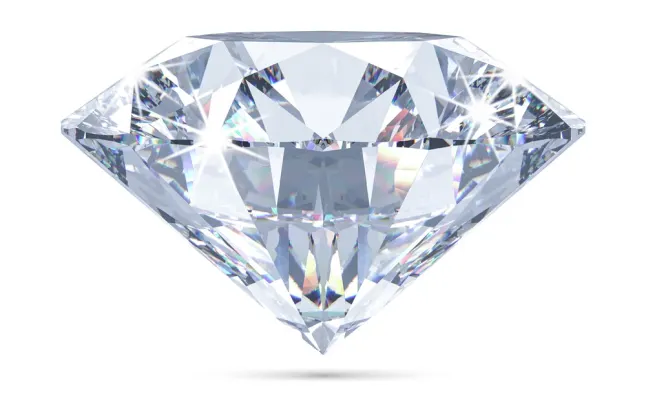- Diamond color and clarity both impact beauty and price—but in different ways.
- Color is often more noticeable to the naked eye than clarity.
- In lower clarity grades, some flaws may still be invisible without magnification.
- Choosing between color and clarity depends on shape, setting, and personal preference.
- Smart buyers often prioritize color over higher clarity for better value
Welcome to your Strategic Diamond Color and Clarity Guide Selection Course 101!
Say a couple decides to get a diamond for the ring and suddenly a new puppy is on the way. Some plans need to be rearranged. Daily snuggle time needs to be instituted. Some budgets need to be revised. That includes the diamond. They will not budge on the carat weight, so they are left to sacrifice color or clarity. What is the best strategic move for some big Queen's Gambit energy? Let's break the process down into two parts.
The first part is appearance. There are many changes you can make in color and clarity that sacrifices little to none of the diamond's appearance. So try these strategies first.
Then in the second part is the price. When push comes to shove and you have to get creative with the dollar, some sacrifices are necessary. Price or price carat will be the main focus in the part. I will break down the pricing for you so you can cover the most ground by sacrificing the least.
Appearance:
Color
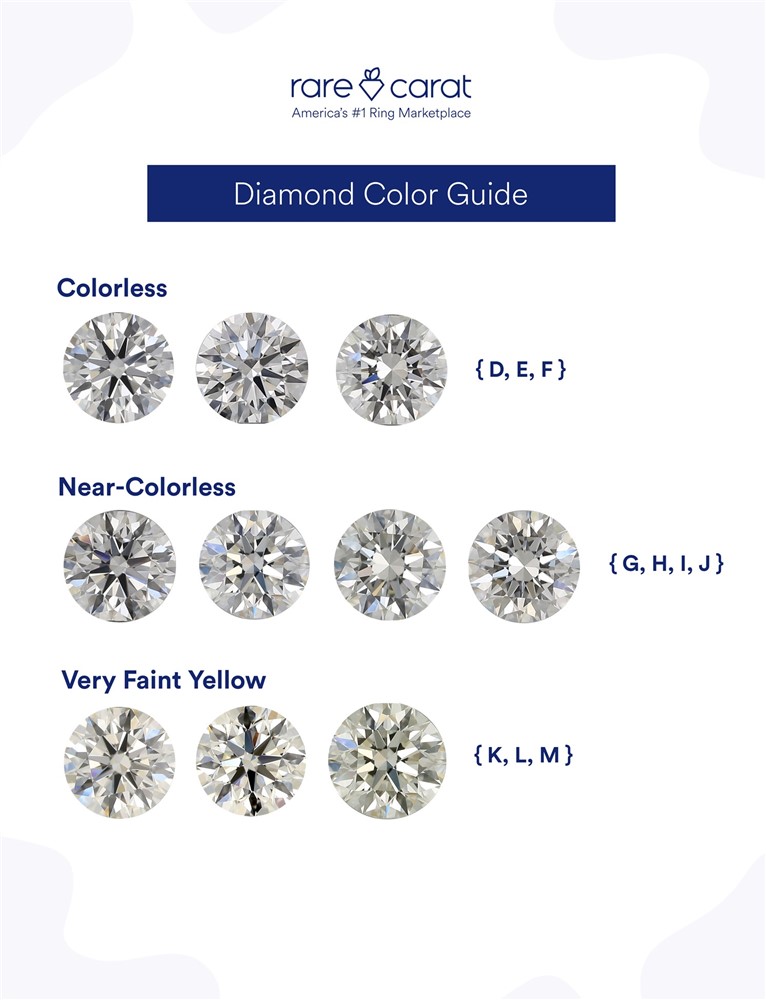
Diamond color is broken down into broad categories of Colorless (DEF), Near Colorless (GHIJ), Faint Yellow (KLM), Very Light Yellow (NOPQR), and lastly Light Yellow (S-Z). This means that a change in color in any of the board categories will have little impact on the face-up appearance of the diamond. Even if you jump from Color into Near Colorless, let's say E to G, it would look rather similar in a platinum ring. That's because the metallic white platinum metal will balance out the very faint color of the diamond. So, a good rule of thumb is always to stay within the color category or maximum 4 color grade for the daring.

Clarity
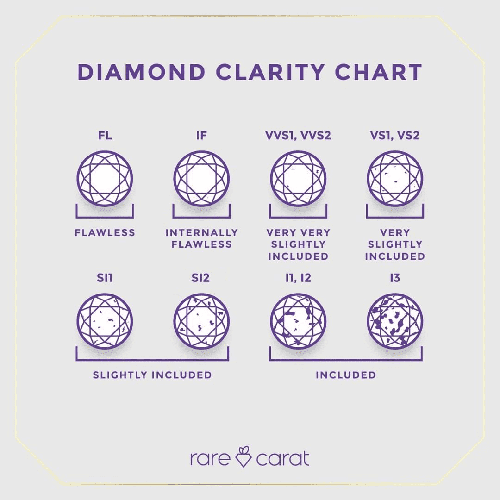
Diamond clarity is much easier to classify. Anything from Flawless (FL) all the way to VS2 should be all eye-clean and should have negligible differences in appearance when set in a ring and viewed from a distance. There are a few exceptions. For smaller stones, SI1 and even sometimes SI2 are eye-clean and can be treated as the same in appearance. For larger stones 1ct plus or cuts such as emerald cut with larger tables, VS2 might not be eye-clean in a select few cases. So, VS1 is generally a safe bet for an eye-clean stone. For any stones that are not eye-clean from generally SI2 to I3, it would be wiser to stick within the clarity grade of SI1-2 and I1-3. Slightly included and Included are indeed quite different in appearance.
In short, if you are changing the color, then stick within the broad color category or no more than 4 colors grade apart. If you are changing the clarity, eye-clean (FL - SI1) offers a wide variety to choose from. For non-eye clean stones stay within the general clarity category.
Want to see how color and clarity pair together? Browse Rare Carat’s engagement rings and compare certified options.
Closing the Gap:
So what is worth more if you had to choose? For simplicity's sake, let's just look at 1.00ct diamond and how color and clarity impact the price. Say the stone you are looking for is an eye clean, and white diamond. So, let's take a look at the data. We will be considering all the eye-clean clarity ranges from FL - SI1 and all the colorless color ranges from D-J.
To keep things simple, let's set a midway point for color and clarity so we can compare the price. For color, I will choose G as the midpoint of all colorless diamond grades. For clarity, I will choose VS1 for all eye clean stones.

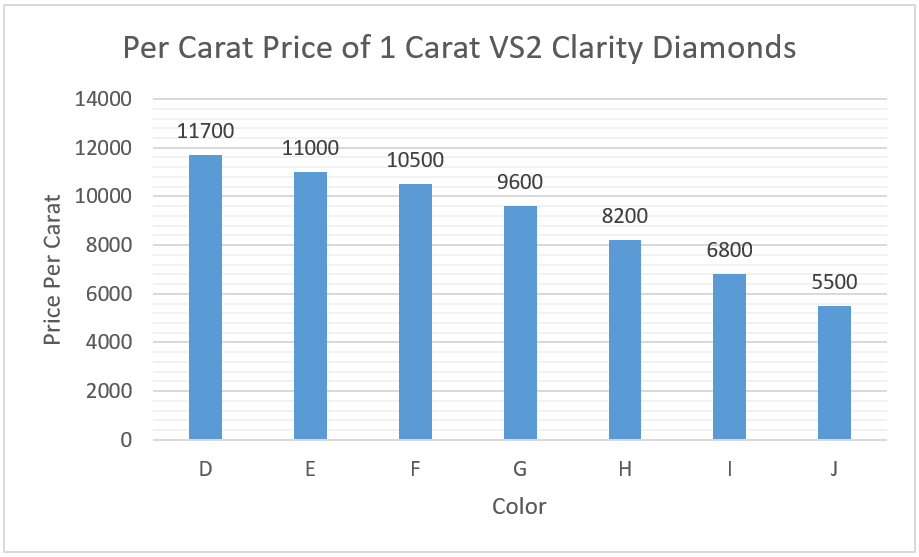
If we crunch the number we see that the average difference between color grades is higher than clarity. Specific clarity and color ranges show a larger drop than the other grades. For clarity, the largest drops occur going from VS2 to SI1-2 then from SI2 to I1-3. For color, the large price drops occur going from G to H and stop with I to J.
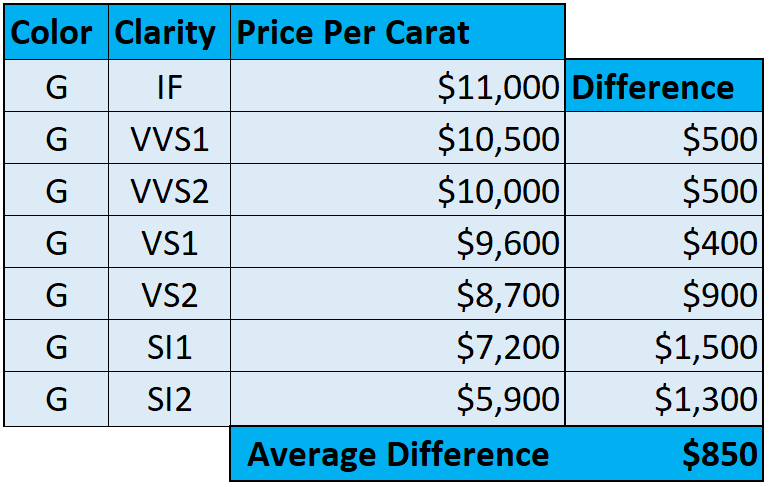
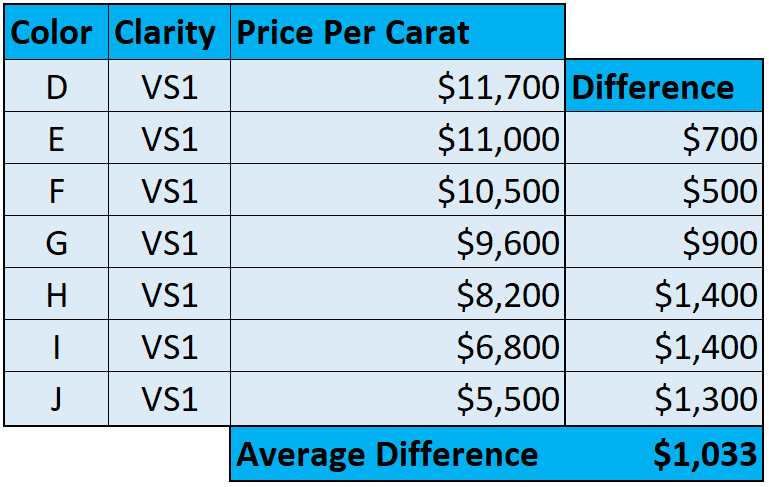
So if you are short on your budget, cut back on the color first. If you can manage to stay in one of the larger color ranges (DEF, GHIJ) great! If you need some help then cut back on the clarity.
The Final Verdict?
So what is the more important factor in a diamond color or clarity? When it comes to money. I would say it is color. It dictates more of the pricing of the diamond and impacts the appearance more. But that also means that clarity offers a lot more room for your budget while impacting the appearance very little. Use both to your advantage to find your dream stone.
